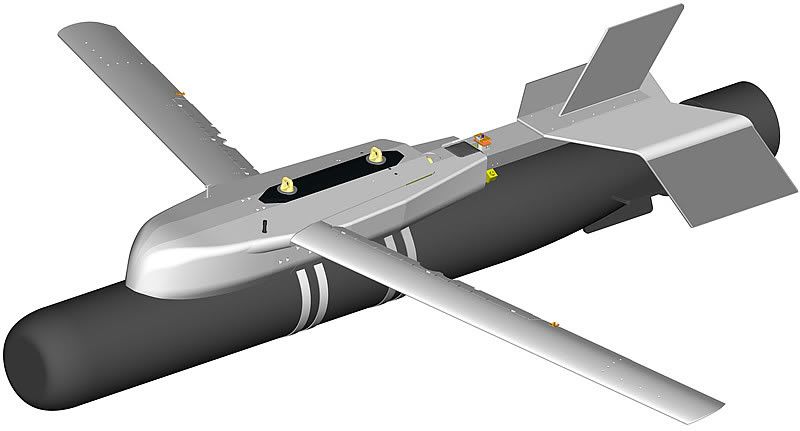F-22 performance during it's first deployment...USAF report.
F-22 Message for Washington Critics
The F-22’s performance on its first foreign deployment should go a long way toward silencing critics who insist that the aircraft is too complicated to hold up to the rigors of real-world operations.
On a three-month deployment to Kadena AB, Japan, 12 F-22s turned in a mission capable rate of 71 percent, a readiness rate of 98 percent, and a utilization rate of 23.6, which is “pretty incredible for any fielded weapon system,” 27th Fighter Squadron commander Lt. Col. Wade Tolliver said.
The fighters were based on the island of Okinawa. It was the acid test of the new system’s deployment abilities.
The 12 aircraft flew more than 600 sorties during the visit, verifying the Raptor’s ability to deploy over very long distances and perform well on the other end. The deployment from Langley AFB, Va., to Japan took nearly 12 hours of flying.
The F-22 made its point at Kadena. (Staff photo by John A. Tirpak)
In Japan, the F-22s flew not only against the F-15s that are stationed at Kadena but also against Japan Air Self-Defense Force F-4s and F-15s and United States Navy and Marine Corps F/A-18s stationed in Japan.
The visit also allowed the F-22s to work with E-3 AWACS, Marine AV-8B Harriers, and KC-135 tankers, aircraft that usually are not available to the Langley-based squadron, Tolliver reported.
“One of our goals here was to educate the region on the F-22,” Tolliver said. That was done through the flying training as well as “three open house tours” for US and Japanese military and dependents. More than 4,000 visitors to Kadena got to see the F-22 up close.
Tolliver said each deployment—groups of F-22s have gone to Red Flag-Nellis, the Northern Edge exercise in Alaska, and weapon trials at Eglin AFB, Fla., and Tyndall AFB, Fla.—has led to more “lessons learned” about what it takes to deploy a Raptor unit.
“Every time we deploy, we learn quite a bit about what we need, or even what we don’t need,” Tolliver noted. “We learn which spare parts to carry, how many people do we really need to maintain operations, etc. This deployment is no different.” So far, after each deployment, “we got better at it.”
Tolliver said the F-22’s ability to generate sorties routinely went “better than I personally expected,” given that the unit was so far from its support base and regular maintenance facilities.
Two things he would have liked to see go better, though. One was that the unit didn’t get to participate in any large force exercises. The other was a software glitch during the flight to Kadena that wound up grabbing headlines.
When crossing the international dateline, the F-22s suffered software problems that led Tolliver to turn the aircraft around and land in Hawaii.
“Our jet is very integrated, and everything in it talks to each other,” he said. As it turned out, a time change in one system led to computer disagreements with other elements and manifested as program crashes in the airplane.
In Hawaii, Tolliver said, he was “amazed at the turnaround time for a fix.” Contractors and blue-suits alike figured out the problem and solved it in a couple of days.
“That’s why we fly airplanes,” Tolliver asserted. “You can’t make stuff like that up. You don’t know, until you deploy ... what you don’t know. You can simulate all you want, but until you get your butt in that airplane and you physically do it, that’s the only [way] you’re really going to know: Can you do it? ... Can you generate sorties? Does your supply chain work? And that’s why we do this.”

